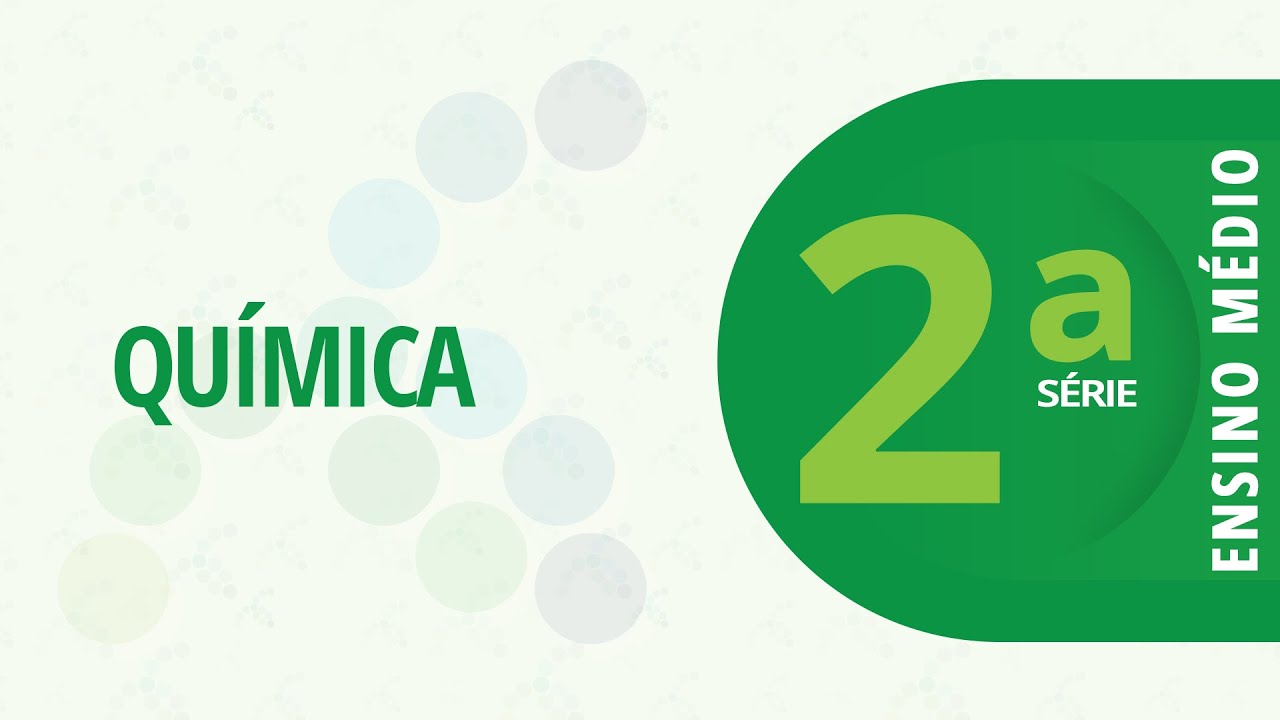Sel & Organella sel
Summary
TLDRThis video takes viewers on an insightful journey inside the human cell, exploring its various components and their critical functions. Using engaging analogies, it explains the cell membrane as a protective wall, the nucleus as a library storing genetic information, and the mitochondria as power plants providing energy. Other key organelles like ribosomes, the endoplasmic reticulum, Golgi apparatus, lysosomes, and microtubules are highlighted for their roles in protein production, modification, transport, recycling, and cellular movement. The video provides a detailed yet accessible explanation of how these tiny structures work together to ensure optimal cell function.
Takeaways
- 😀 Cells are the smallest functional units of the body and are composed of trillions of individual cells.
- 😀 The cell membrane acts as a barrier, separating the cell's interior from the external environment.
- 😀 The cytoplasm contains the cytosol and various organelles that carry out vital cellular functions.
- 😀 The nucleus stores genetic information (DNA) in the form of chromosomes, acting like a library for the cell.
- 😀 Ribosomes function as factories that produce proteins, using the instructions from mRNA.
- 😀 The endoplasmic reticulum (ER) consists of two types: rough ER (with ribosomes) for protein synthesis and smooth ER (without ribosomes) for lipid synthesis and detoxification.
- 😀 The Golgi apparatus modifies, packages, and ships proteins and lipids to their appropriate locations.
- 😀 Lysosomes are the recycling centers of the cell, breaking down waste materials and damaged organelles using enzymes.
- 😀 Microtubules provide a transport system within the cell, enabling movement of molecules and organelles.
- 😀 Mitochondria are the powerhouses of the cell, generating ATP (the cell's energy currency) through cellular respiration processes like the Krebs cycle and oxidative phosphorylation.
- 😀 All organelles in a cell work together to ensure optimal cell function and contribute to the overall health of the organism.
Q & A
What is the basic structure of a human cell?
-A human cell consists of two main parts: the cell membrane and the cytoplasm. The cytoplasm is composed of the cytosol and cell organelles that carry out specific functions for the cell.
What role does the cell membrane play in the functioning of the cell?
-The cell membrane serves as a boundary, separating the cell's internal environment from the external environment. It also regulates the transport of molecules into and out of the cell.
What is the function of the nucleus in a cell?
-The nucleus stores genetic information in the form of DNA, organized into chromosomes. It functions as the control center for the cell, regulating gene expression and cell activity.
How does chromatin differ from chromosomes in the nucleus?
-Chromatin is the uncondensed form of DNA found in the nucleus when the cell is not dividing, whereas chromosomes are highly condensed structures of DNA visible during cell division.
What is the role of ribosomes in a cell?
-Ribosomes are responsible for synthesizing proteins by translating the genetic code carried by mRNA into amino acids, which are then assembled into proteins.
How do ribosomes differ when they are attached to the rough endoplasmic reticulum compared to when they are free in the cytoplasm?
-Ribosomes attached to the rough endoplasmic reticulum synthesize proteins that are either secreted from the cell or integrated into the cell membrane, while free ribosomes produce proteins used within the cell.
What is the function of the endoplasmic reticulum?
-The endoplasmic reticulum (ER) is involved in protein synthesis and modification. The rough ER, which has ribosomes attached, helps fold and modify proteins, while the smooth ER is involved in lipid synthesis and detoxification processes.
What is the function of the Golgi apparatus in the cell?
-The Golgi apparatus modifies, sorts, and packages proteins and lipids received from the endoplasmic reticulum, preparing them for transport to their final destinations, such as outside the cell or to different parts of the cell.
What is the role of lysosomes in a cell?
-Lysosomes are involved in the breakdown and recycling of molecules. They contain enzymes that digest damaged organelles, foreign substances, and molecules like proteins and carbohydrates.
How do microtubules function in the cell?
-Microtubules serve as pathways for the transport of molecules and vesicles within the cell. They also help in the movement of organelles and are involved in cell division and structural support.
Outlines

此内容仅限付费用户访问。 请升级后访问。
立即升级Mindmap

此内容仅限付费用户访问。 请升级后访问。
立即升级Keywords

此内容仅限付费用户访问。 请升级后访问。
立即升级Highlights

此内容仅限付费用户访问。 请升级后访问。
立即升级Transcripts

此内容仅限付费用户访问。 请升级后访问。
立即升级浏览更多相关视频

Bagaimana Komponen pada Komputer Bekerja? 🖥 Mari Bongkar Semua Hardware pada PC

The Mystery of the Butterfly Transformation: Wonders in the Insect World

Cells at Work! S1 Ep2: Platelets Cell Cuteness Overloaded!

18/10/21 - 2ª Série EM - Química - História das pilhas e baterias

The Brain for Kids | Learn cool facts about the human brain

Pengenalan Sel. Mengenali Dunia Mikroskopis dalam tubuh Makhluk Hidup.@gururatna
5.0 / 5 (0 votes)
